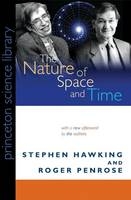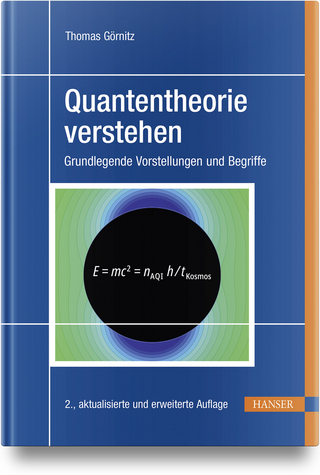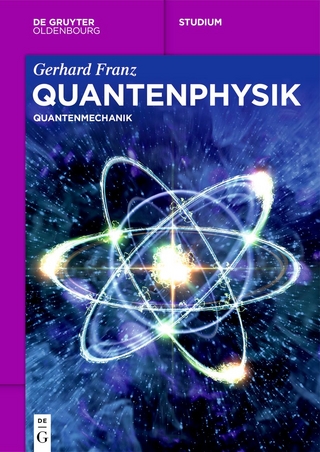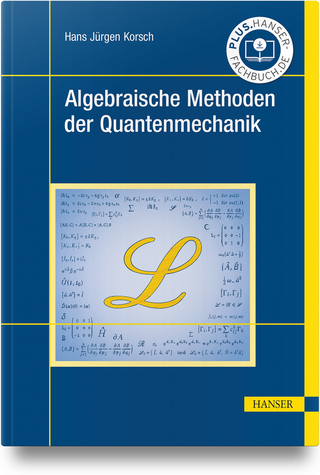
The Nature of Space and Time
Seiten
2010
|
Revised edition
Princeton University Press (Verlag)
978-0-691-14570-9 (ISBN)
Princeton University Press (Verlag)
978-0-691-14570-9 (ISBN)
- Titel ist leider vergriffen;
keine Neuauflage - Artikel merken
How could quantum gravity, a theory that could explain the earlier moments of the big bang and the physics of the enigmatic objects known as black holes, be constructed? Why does our patch of the universe look just as Einstein predicted, with no hint of quantum effects in sight? This book addresses these questions.
Einstein said that the most incomprehensible thing about the universe is that it is comprehensible. But was he right? Can the quantum theory of fields and Einstein's general theory of relativity, the two most accurate and successful theories in all of physics, be united into a single quantum theory of gravity? Can quantum and cosmos ever be combined? In The Nature of Space and Time, two of the world's most famous physicists--Stephen Hawking (A Brief History of Time) and Roger Penrose (The Road to Reality)--debate these questions. The authors outline how their positions have further diverged on a number of key issues, including the spatial geometry of the universe, inflationary versus cyclic theories of the cosmos, and the black-hole information-loss paradox. Though much progress has been made, Hawking and Penrose stress that physicists still have further to go in their quest for a quantum theory of gravity.
Einstein said that the most incomprehensible thing about the universe is that it is comprehensible. But was he right? Can the quantum theory of fields and Einstein's general theory of relativity, the two most accurate and successful theories in all of physics, be united into a single quantum theory of gravity? Can quantum and cosmos ever be combined? In The Nature of Space and Time, two of the world's most famous physicists--Stephen Hawking (A Brief History of Time) and Roger Penrose (The Road to Reality)--debate these questions. The authors outline how their positions have further diverged on a number of key issues, including the spatial geometry of the universe, inflationary versus cyclic theories of the cosmos, and the black-hole information-loss paradox. Though much progress has been made, Hawking and Penrose stress that physicists still have further to go in their quest for a quantum theory of gravity.
Stephen Hawking is the Lucasian Professor of Mathematics at the University of Cambridge. Roger Penrose is the Emeritus Rouse Ball Professor of Mathematics at the University of Oxford.
| Reihe/Serie | The Isaac Newton Institute Series of Lectures |
|---|---|
| Nachwort | Stephen Hawking, Roger Penrose |
| Zusatzinfo | 75 line illus. |
| Verlagsort | New Jersey |
| Sprache | englisch |
| Maße | 152 x 235 mm |
| Gewicht | 227 g |
| Themenwelt | Naturwissenschaften ► Physik / Astronomie ► Quantenphysik |
| Naturwissenschaften ► Physik / Astronomie ► Theoretische Physik | |
| ISBN-10 | 0-691-14570-9 / 0691145709 |
| ISBN-13 | 978-0-691-14570-9 / 9780691145709 |
| Zustand | Neuware |
| Haben Sie eine Frage zum Produkt? |
Mehr entdecken
aus dem Bereich
aus dem Bereich
Grundlegende Vorstellungen und Begriffe
Buch | Hardcover (2024)
Carl Hanser (Verlag)
CHF 62,95


